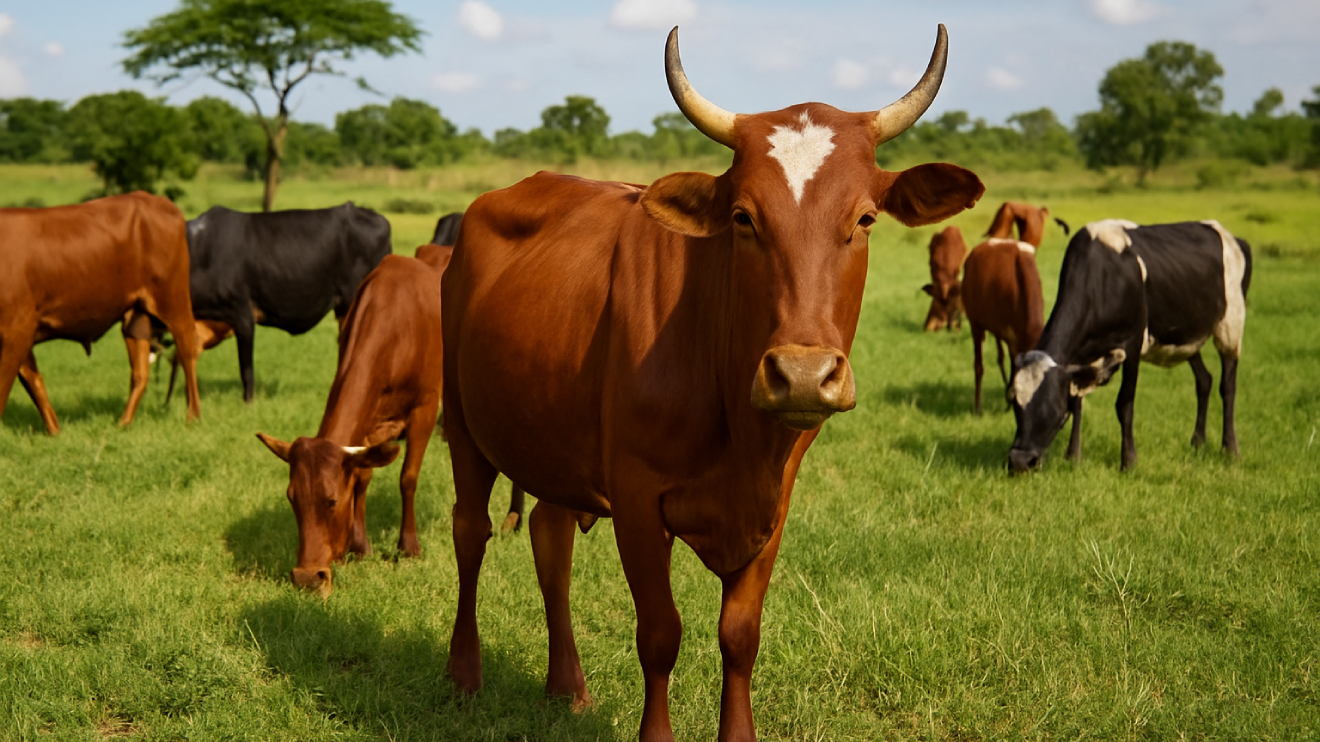The skyrocketing prices of petroleum products caused a significant shift in the consumption landscape last year as motorcycle imports experienced a staggering decline of 77.5 per cent, according to data from the Kenya National Bureau of Statistics (KNBS).
The nine months leading to September saw a sharp drop from 285,459 units in 2022 to a mere 64,041 units in 2023, reflecting a notable shift in consumer behaviour.
Kevin Mubadi, the founder and national chairman of the bodaboda Safety Association of Kenya, highlighted the primary factor contributing to this decline – cost.
"We used to buy motorcycles at between Sh135,000 and Sh145,000, and we are now buying the same motorcycle with a 150cc engine at around Sh200,000," Mubadi stated.
He further explained the increased financial burden on riders, with financiers now requiring a deposit of up to Sh30,000.
Read More
The surge in motorcycle import costs is primarily linked to the substantial depreciation of the Kenyan Shilling, shedding over 27 per cent in the past year.
This depreciation rendered overseas goods more expensive, impacting both direct acquisition costs and higher financing expenses for consumers.
Furthermore, the transport sub-sector is grappling with a surplus of motorcycles, approaching a saturation point.
"We now have over 1.8 million riders. A few years ago, we used to have around one million riders. The number of riders is not growing as much as before to warrant new boda boda orders," Mubadi noted.
Motorcycles, the fastest-growing form of transport, are estimated by the National Treasury to comprise 67 per cent of the national fleet, making them a crucial focus for the government's clean energy agenda.
"To attract investment, the government has developed a compelling package of incentives for serious investors in e-mobility to stake their capital on opportunities in the country’s green growth agenda," notes the National Treasury.
In addition to the reduction in motorcycle imports, Kenyan consumers are also tightening their belts in other areas, notably marked by significant cuts in footwear consumption due to elevated costs.
The economic landscape in Kenya is undergoing notable shifts, urging a recalibration of strategies and policies to adapt to these changing consumer patterns.








 shares a light moment with the company's Group CEO Dr Patrick Tumbo (right) at a past event-1758121528.jpeg)
-1758116028.jpeg)


